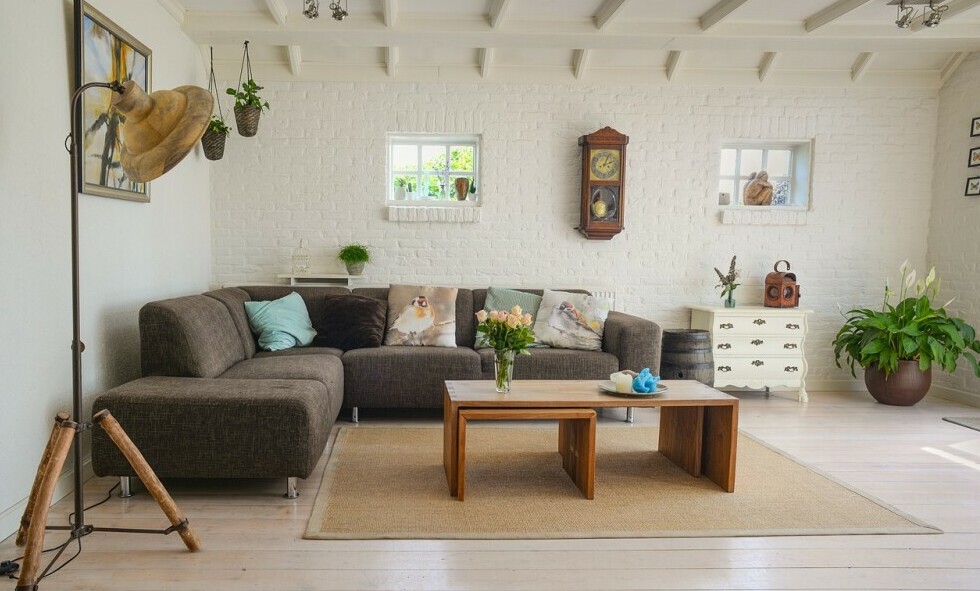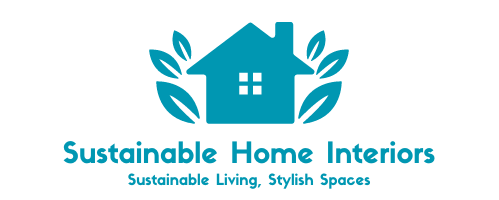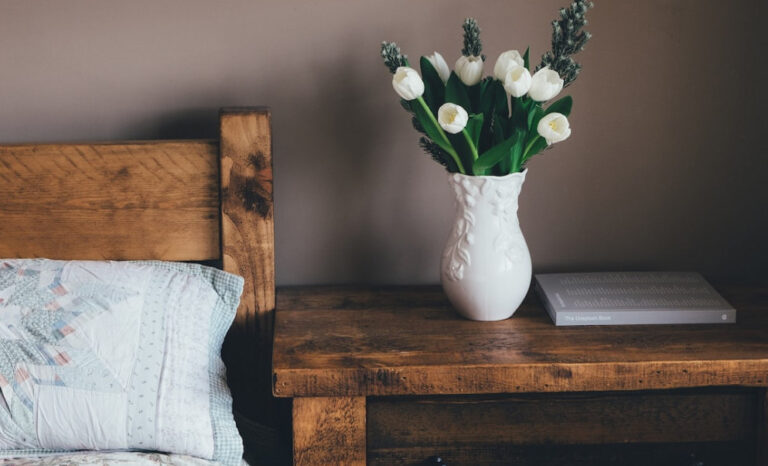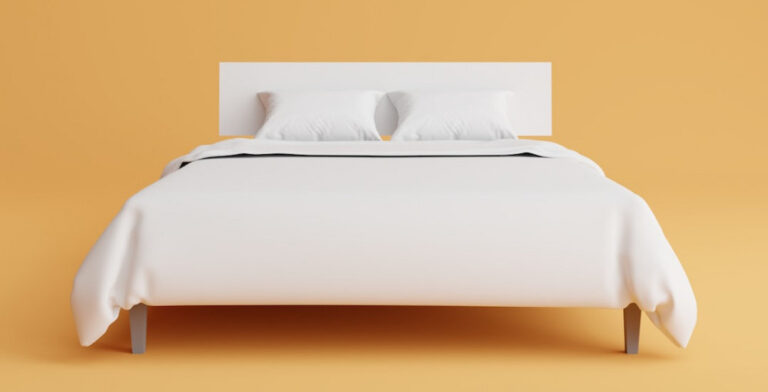What is Slow Design? : Crafting Sustainable Home Interiors
Introduction
In today’s fast-paced world where many things in life appear to be driven by instant gratification, (‘Next day delivery’ of online orders is ofter expected as standard, immediate responses to emails and texts are presumed, fast food restaurants are on every corner’) the idea of doing anything ‘slowly’ seems impossible. So what is Slow Design? The concept is part of the broader Slow Movement/Slow Living – defined by SlowLivingLdn.com as …”a mindset whereby you curate a more meaningful and conscious lifestyle that’s in line with what you value most in life.
Slow design extends beyond aesthetics, encouraging us to re-evaluate our approach to design and deliberate living. This blog post explores the six principles of Slow Design and their connection to crafting sustainable home interiors.
Understanding Slow Design
Slow Design is a deliberate response to the fast-paced, mass-produced, consumer culture that often sacrifices quality for quantity. Rooted in the Slow Movement philosophy, which advocates for a more considered and intentional way of life, Slow Design places a spotlight on the choices we make in the world of design and creativity. The idea encourages design of spaces and items that are functional and long-lasting.

Harmony with the Slow Movement
Just as the Slow Movement encourages a more measured pace of life, Slow Design encourages a slower, more thoughtful approach to the objects and spaces that surround us. It prompts us to question the need for instant gratification and mass production, emphasizing the significance of mindful decisions in design.
The Six Principles of Slow Design
1. Deliberate
At the heart of Slow Design is the principle of deliberation. This involves making thoughtful and purposeful design choices, steering away from impulsive decisions. From the selection of materials to the placement of furniture, every aspect of the design process is carefully considered to contribute to a cohesive and meaningful whole.

Examples of Deliberate Design Choices
Concrete examples of deliberate design choices include selecting furniture that serves multiple purposes, opting for timeless color palettes, and embracing versatile layouts that adapt to changing needs. The focus is on enduring design solutions that withstand the test of time.
2. Local
Slow Design encourages a connection to the community and the environment. This involves sourcing materials locally and supporting local artisans and craftsmen. By doing so, we not only reduce the carbon footprint associated with transportation but also contribute to the preservation of regional craftsmanship.

Supporting Local Artisans and Craftsmen
Choosing locally crafted furniture, decor, and textiles not only supports the local economy but also fosters a deeper appreciation for the unique skills and traditions of artisans. This connection to the local community adds a layer of authenticity to the design, making each piece tell a story of its origin.
3. Sustainable
Sustainability is a cornerstone of Slow Design. This principle calls for the use of eco-friendly materials, prioritizing options that have minimal environmental impact. From reclaimed wood to recycled textiles, sustainable choices contribute to a healthier planet and a healthier home.
Minimizing Environmental Impact
By choosing sustainable materials, homeowners can significantly reduce the environmental impact of their living spaces. Additionally, adopting energy-efficient technologies and practices further aligns the home with the ethos of Slow Design, creating a harmonious balance between aesthetics and ecological responsibility.
4. Quality
Quality is an essential element in Slow Design. Instead of succumbing to the appeal of fast furniture that quickly falls out of fashion, the focus is on investing in pieces of enduring quality. This approach not only reduces the frequency of replacements but also promotes a culture of mindful consumption.

Avoiding Fast Furniture
Fast furniture, characterized by its short lifespan and often poor quality, contributes to the growing issue of waste in the modern world. Slow Design encourages consumers to break away from this cycle by investing in high-quality pieces that not only stand the test of time but also add character and depth to the home.
5. Simple
The principle of simplicity in Slow Design advocates for a minimalist approach to interior spaces. This involves decluttering and paring down to the essentials, creating an environment that is both visually appealing and conducive to a sense of tranquility.

Reducing Clutter and Unnecessary Elements
A clutter-free home is not only aesthetically pleasing but also promotes mental well-being. Slow Design encourages homeowners to assess their possessions and eliminate excess, leaving only those items that bring joy and hold genuine value.
6. Meaningful
Incorporating meaning into design is at the core of Slow Design. This principle encourages homeowners to fill their living spaces with personal and emotional connections, turning a house into a home.

Fostering a Sense of Belonging
By incorporating elements that hold personal significance, such as family heirlooms, handcrafted items, or pieces collected during travels, a home becomes a reflection of the individuals who inhabit it. This not only creates a unique and inviting space but also fosters a sense of belonging.
How to Apply Slow Design into Your Home
Choosing Sustainable Materials
Selecting sustainable materials involves opting for items such as bamboo, cork, and recycled glass. These materials enhance the aesthetic of your home whilst contributing to a greener planet.
Supporting Local Artisans
Supporting local artisans and craftsmen helps to stimulate the local economy and also ensures that the pieces in your home are infused with a sense of cultural richness. Local craftsmanship adds a layer of authenticity to the design, making each piece a unique work of art.
Longevity in Design
Slow Design encourages the purchase of furniture and decor that transcends trends. Investing in timeless pieces ensures that your home remains relevant and stylish for years to come, reducing the need for frequent updates.
By prioritizing longevity in design, homeowners can contribute to the reduction of waste. Slow Design advocates for a shift away from the disposable culture that often accompanies fast furniture, promoting a more sustainable and mindful approach to consumption.
In conclusion, Slow Design is a philosophy that guides us toward more intentional, sustainable, and meaningful living. The six principles of Slow Design—deliberate, local, sustainable, quality, simple, and meaningful—offer a blueprint for crafting sustainable home interiors. By embracing these principles, we can transform our homes into conscious living spaces.







